JD Smith Pest Control
Pest Library
Educate Yourself About Pests and Insects
Learn more about the common types of pests found in our part of Florida. JD Smith Termite & Pest Control has the skills and knowledge to effectively rid your property of these unwanted guests. And we'll make as many visits as it takes to ensure your pest problem is solved. If pets return in between treatments, so will we — at NO extra charge. We guarantee it!
Give us a call today to schedule your appointment with JD Smith Termite & Pest Control. Since 1970, we've served Pinellas, Pasco, Hernando and Citrus counties in Florida.
Ants
Ants are social insects that can invade homes in search of food and water. Ants can cause damage to homes and yards by creating nests in walls, foundations, or garden soil, potentially compromising structural integrity and creating unsightly mounds in outdoor spaces. Ants in Southern Florida tend to be more active during the warmer and wetter seasons, which typically span from spring through fall. Increased temperatures and humidity during this period create favorable conditions for ant colonies to forage for food and establish new nests. However, it’s important to note that in our subtropical climate, ant activity can persist to some extent throughout the year.
Controlling ant infestations involves identifying and sealing entry points, eliminating food sources, and using bait traps. Professional pest control may be necessary for large or persistent ant colonies.
Carpenter Ants
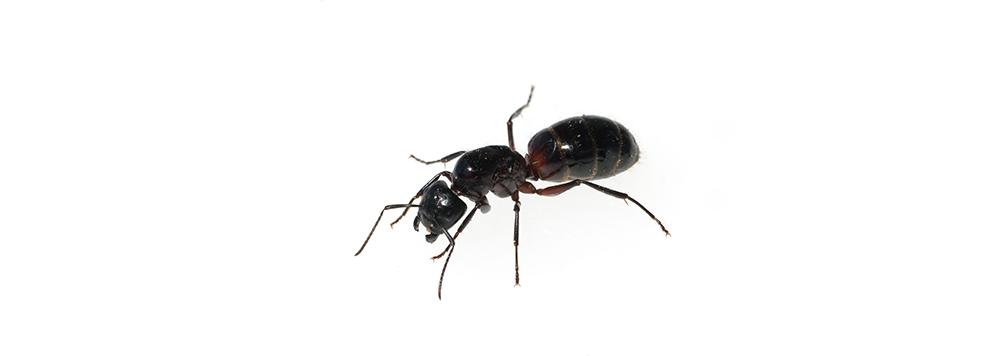
Carpenter ants will nest inside damaged or wet wood and are commonly found in attics and walls. They do not eat wood (like termites) but will excavate galleries in wood to create nests.
Interior Ants
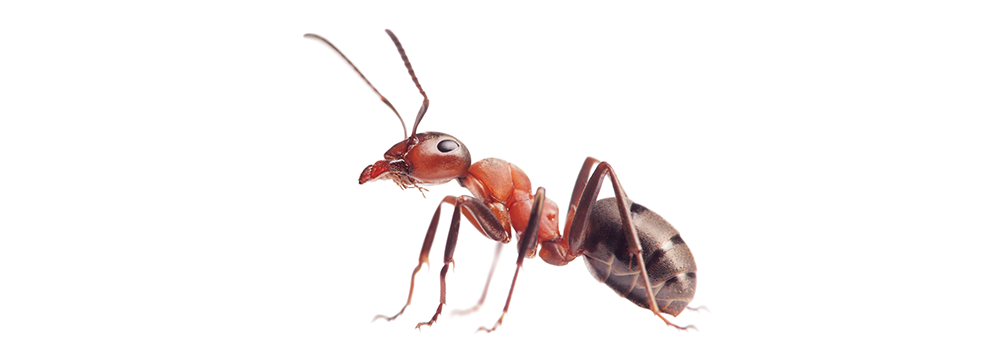
Interior ants include several ant species such as Ghost, Pavement, Big Headed, and Odorous house ants. They live inside your walls, under floorboards and other areas of your home’s interior. Many have several queens and even satellite nests and can be very difficult to control.
Exterior Ants
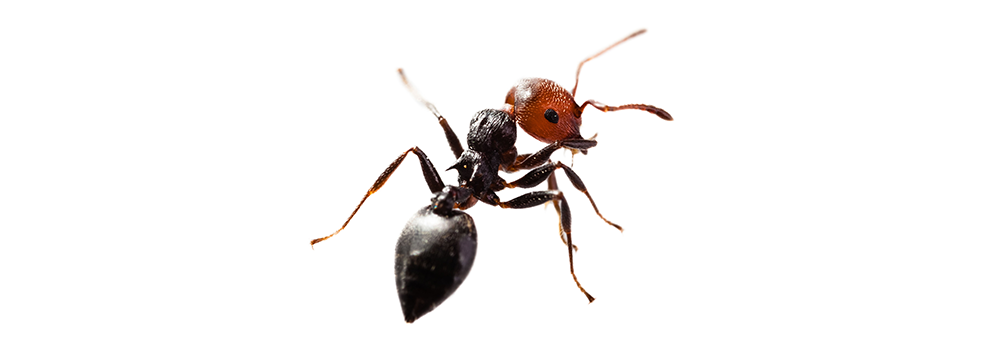
Exterior ants such as Fire Ants and White Footed Ants will nest in the ground, in tree trunks, under garden pavers, etc. Fire ants can be very dangerous and will bite and sting small animals and humans. Exterior type ants will enter your home using branches or overgrown shrubs touching the house.
Cockroaches
Cockroaches are resilient insects that thrive in dark and damp environments. They can contaminate food, trigger allergies, and spread diseases. Signs of a cockroach infestation include the presence of droppings resembling black pepper or coffee grounds, a musty odor, and visible egg cases. The severity of a cockroach infestation can be gauged by the frequency of sightings, the size of the population, and the extent of their spread within a property, requiring prompt and comprehensive pest control measures for effective eradication.
Integrated pest management for cockroaches includes sealing entry points, removing food sources, and using professional insecticides strategically.
Palmetto Bugs
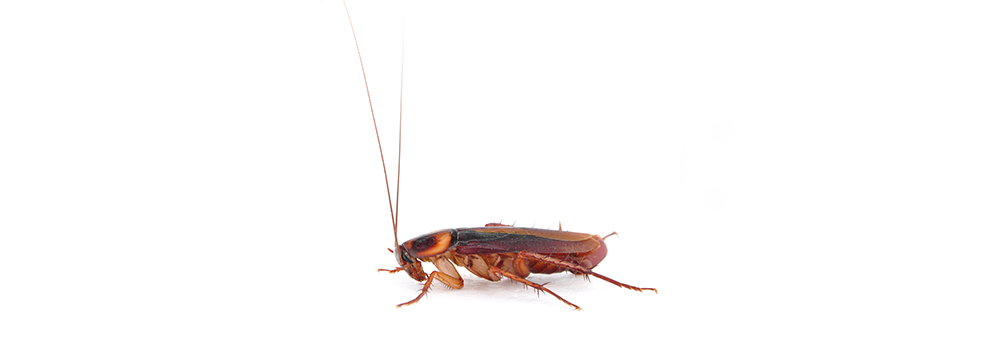
Palmetto bugs (American Roach) are a common invader of your home. Usually found in dark and/or moist areas like bathrooms, kitchens and garages.
German Cockroaches

German roaches are usually brought into the home unexpectedly from outside sources and are extremely difficult to control. Don’t wait to call. They reproduce rapidly.
Oriental Cockroaches
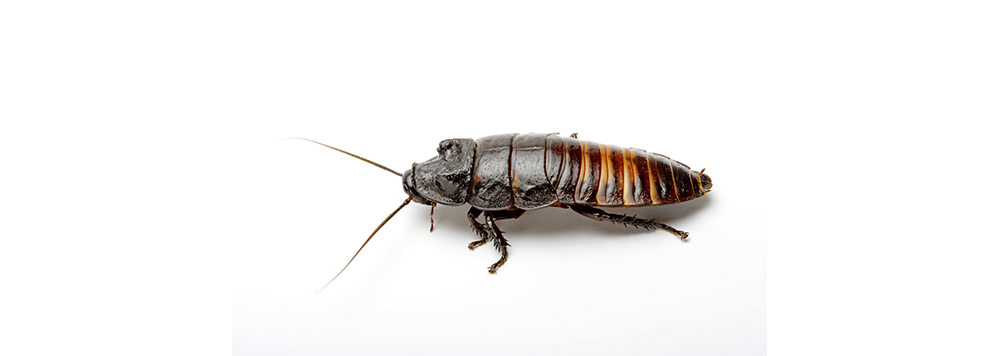
Oriental roaches are a bit smaller and darker than the palmetto bug but like similar dark and/or moist environments.
Rodents
Rodents, such as mice and rats, pose health risks by contaminating food and spreading diseases. They can also cause structural damage by gnawing on wires and wood. Signs of rats on your property include gnaw marks, droppings, and evidence of nesting in secluded areas. Rats are prevalent in Southern Florida due to the warm climate and abundant food sources, requiring vigilant pest control measures.
Effective rodent control involves sealing entry points, removing food sources, and implementing traps or baits. Regular inspections and maintaining a clean environment are crucial for prevention.
Fruit Rats
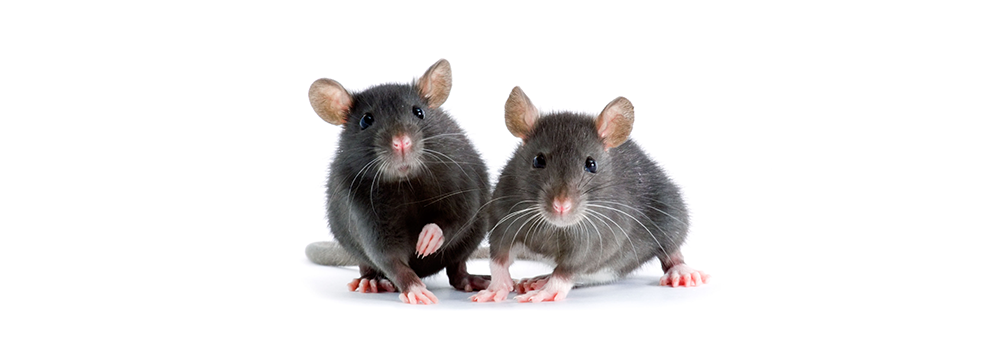
Fruit Rats, or Roof Rats, are very good climbers and will nest in attics, walls, and tops of trees (Palms). They only need a 1/2-inch gap to enter your home.
Norway Rats
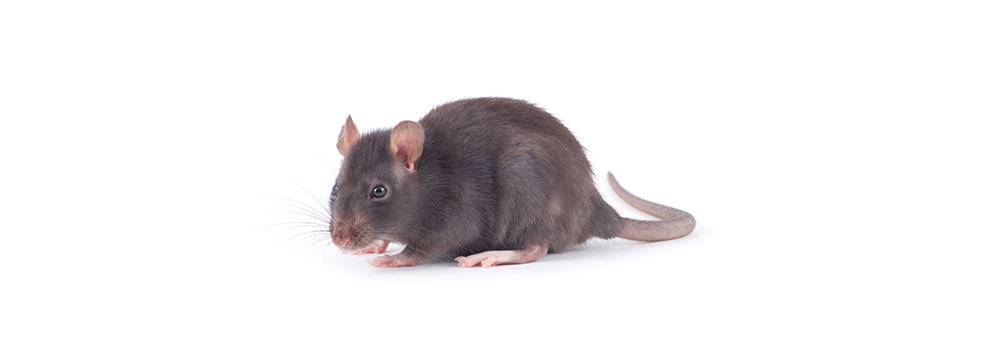
Norway Rats commonly nest under sheds, decks, debris, or crawl spaces under homes. They can enter small gaps or holes. If they can get their head through, they can get their body through.
Mice
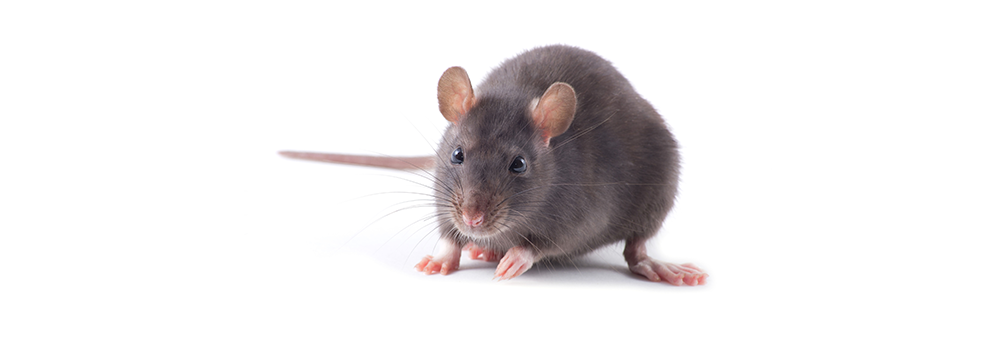
Mice will nest within 30 feet of their food source, so they are commonly found inside the living areas. Their size allows them to travel almost anywhere inside the home.
Termites
Termites are highly destructive pests that feed on cellulose materials, such as wood, causing significant structural damage to homes and buildings. Common signs of termite infestation include mud tubes along walls, damaged wood with a hollow sound, and discarded wings.
In Southern Florida, where the climate remains warm and humid throughout the year, termites are active without a distinct seasonal pattern, making termite infestations a potential concern at any time. Effective termite control involves professional inspection, the application of termiticides, and preventive measures like moisture control and regular inspections.
Subterranean Termites
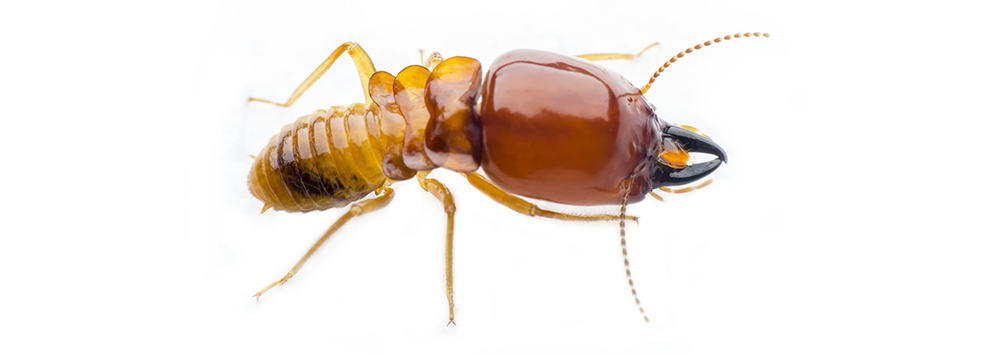
Subterranean termites live in the ground and continuously enter and exit your home to feed on the wood. They enter through very small cracks in the foundation or build shelter tubes out of soil to travel into the home. They are very quick feeders and can cause serious damage to your home.
Formosan Termites
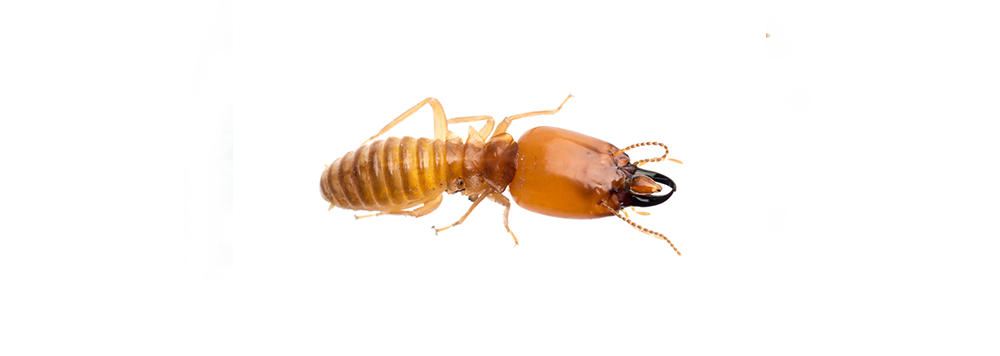
Formosan termites live in the ground or in “cartons” above ground if there is a moist enough environment. Formosan are the most damaging of all termite types in Florida. Their colonies can grow into hundreds of thousands.
Drywood Termites
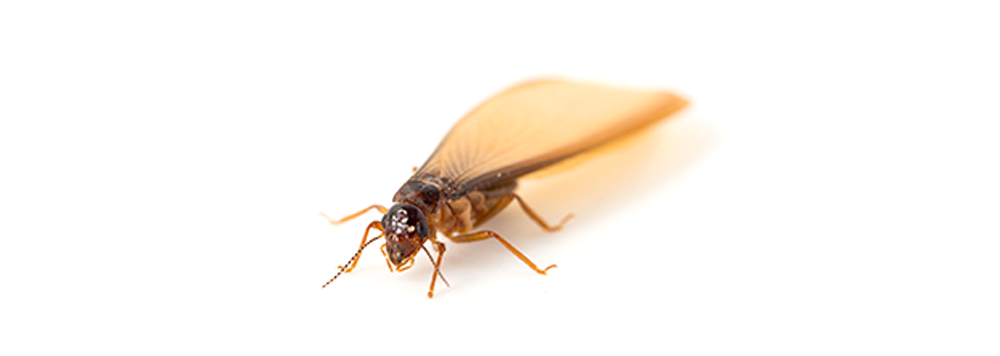
Drywood termites live directly inside the wood in your home. They can also live in wooden furniture, wood flooring, and even picture frames and kitchen cabinets. They can be treated locally in certain cases. However, tent fumigation is the most effective way of eliminating drywood termites.
Wasps, Hornets, and Bees
Stinging insects like wasps, hornets, and bees can pose a threat to people allergic to their venom. Nest removal is crucial for safety, and professional pest control is recommended due to the potential danger.
Prevention involves sealing entry points, especially during nesting seasons, and addressing attractants like uncovered food and sweet drinks.
Wasps
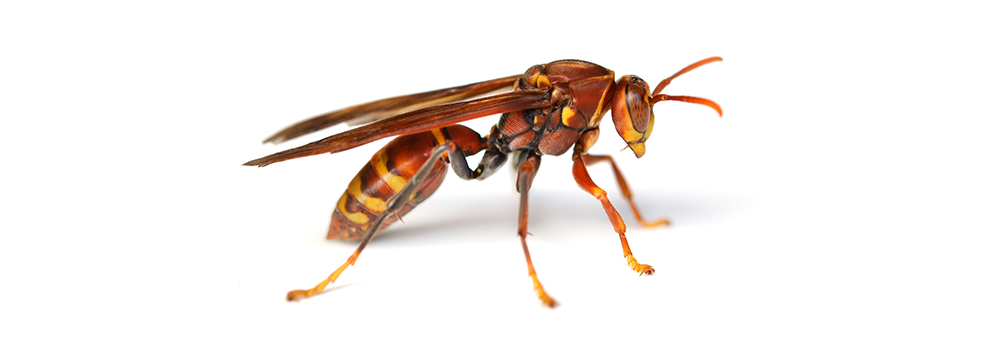
Wasps will generally nest around windows, doors, and under eaves or awnings.
Hornets
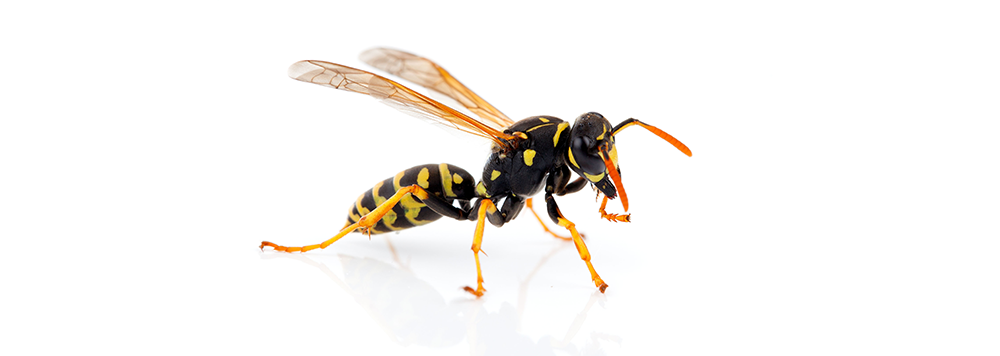
Hornets will generally nest in the ground or in open areas such as trees or under eaves. Hornets can be very aggressive.
Bees

Honeybees and Yellow Jackets like the protection of the ground, attic, shed, or even inside your walls. Colonies can be very large and dangerous.
Other Pests
Southern Florida faces a diverse range of pests due to its subtropical climate. The warm and humid conditions create an ideal environment for many pests to thrive, necessitating year-round pest management strategies to mitigate potential health risks and property damage.
Integrated pest management techniques like reducing hiding spots, using insecticides selectively, and maintaining a clean environment can help control Florida pests.
Bedbugs

Bedbugs will feed on humans or their pets and are usually found in bedding or areas close to where you sleep. They are attracted to our carbon dioxide signature as we rest. They are small reddish-brown insects that can leave welts on your skin. They can be difficult to detect and eliminate so a thorough inspection is a critical first step in eradicating a bedbug infestation.
Spiders
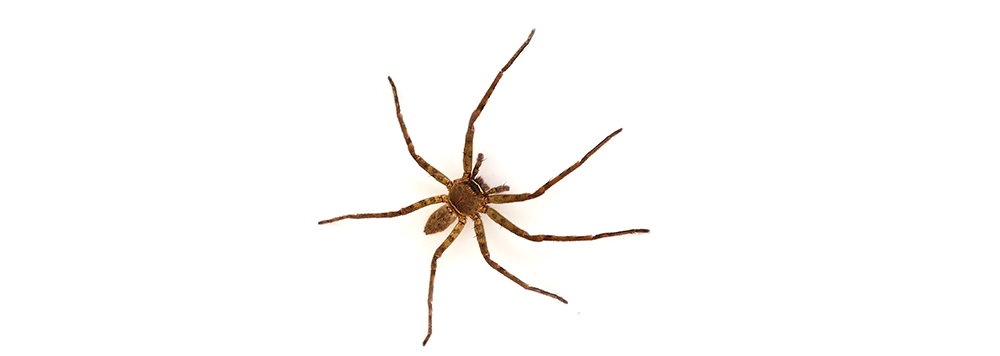
Most household spiders are harmless. However, some types, like the Brown Recluse and Black Widow, can be dangerous to humans. A regular pest control service can keep your home spider-free.
Silverfish
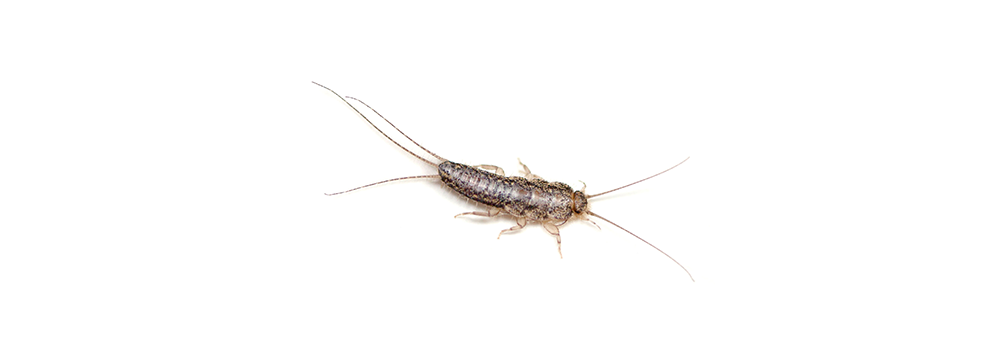
Silverfish can be found anywhere in the home. They like to nest in dark moist places and can be brought into the home in cardboard boxes, etc. They feed on carbohydrates. A thorough pest control treatment will eliminate these pests from your home.
Fruit Flies
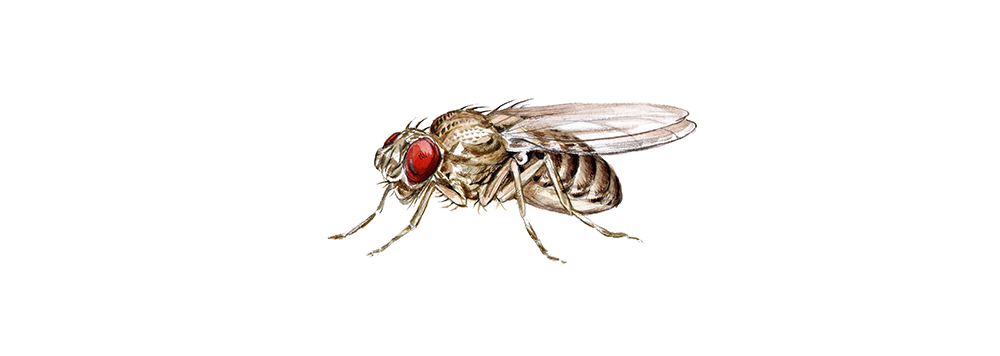
Fruit flies feed on decaying organic matter similar to the drain fly. Keeping fruit products fresh and protected, removing garbage daily, and treating sink drains can help prevent this nuisance species.
Earwigs
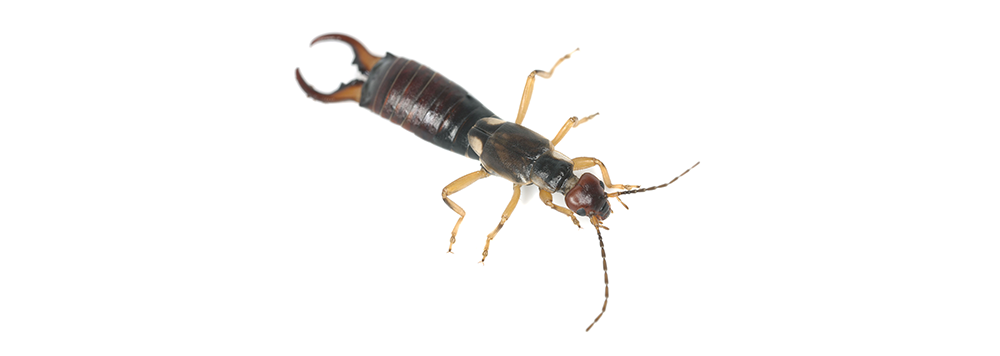
Earwigs are a small, elongated insect with appendages that resemble pincers at their abdomen. Commonly enter the home around windows, doors, and sliders and like dark/moist places. They eat other insects, plants and other organic matter.
Scorpions
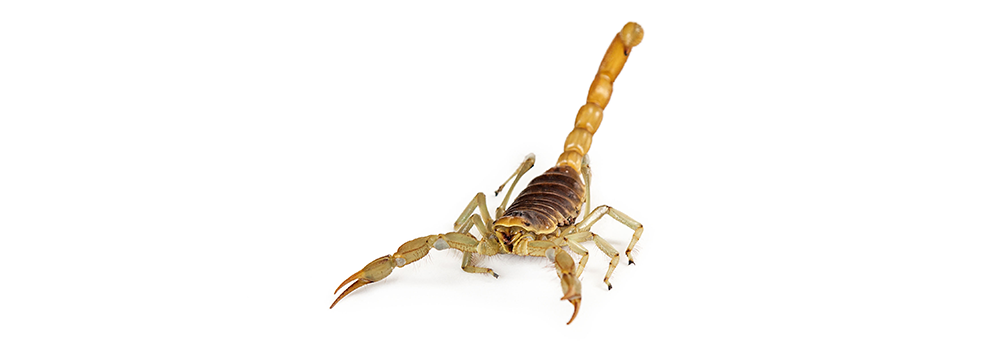
Scorpions are in the spider (arachnids) family and range in size from 1/2 inch to several inches. All have a venomous sting, but not all species are capable of killing humans. They will hide in rock piles, behind tree bark, and in cracks and crevices, as well as items you store around your home’s exterior.
Drain Flies
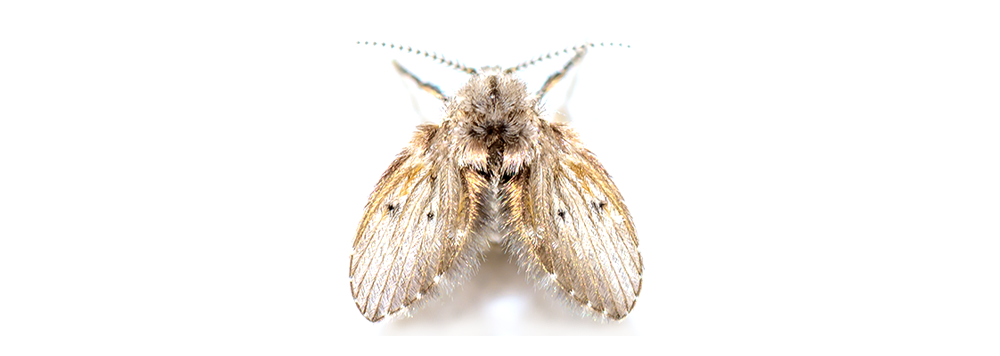
Drain flies feed on decaying organic matter that includes sewage, plants, fruits and meats. This can include food debris in your sink drains. Adults live for approximately three weeks and will lay several dozen eggs inside drains. Eggs will hatch within 48 hours. They are harmless but a persistent nuisance.
Weevils
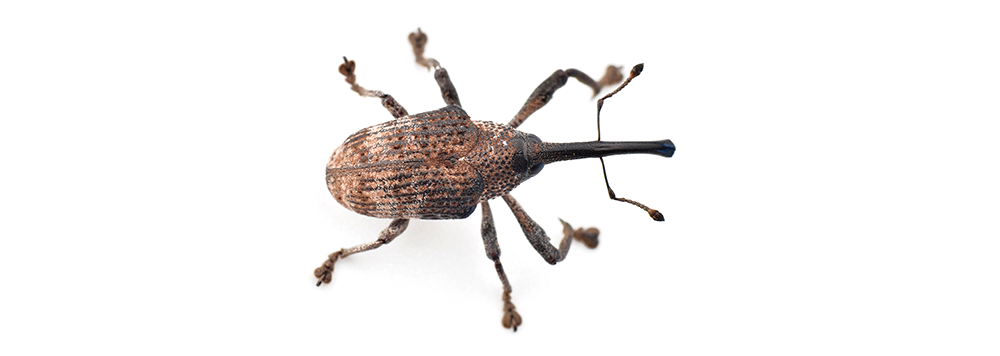
Rice Weevils are a common stored food product pest and can be brought home from your local grocery or specialty food store. They can also be found in bird seed, nuts, and even fall corn decorations. Keeping rice, grains, cereals, etc. in sealed containers can help prevent infestation.
Fleas

A small jumping insect that feeds on the blood of mammals and birds. Fleas can live more than 100 days without a blood meal. They can transmit diseases to both humans and animals and are the number one cause of skin disease on pets. A female can lay up to 50 eggs at a time that can hatch within as little as 6 days. Two treatments are usually required to eliminate fleas from your home.
Ticks

A parasitic insect that feeds on the blood of humans and other animals. Some species transmit dangerous diseases such as Lyme Disease. They are found in tall grass and wooded areas, attach themselves to the host animal, feed, and then drop off to molt or lay eggs. Lawn and shrub treatments, as well as regularly checking your pets, are crucial ways to help prevent tick infestations.
Beetles

There are many types of beetles that can infest your lawn, plants, carpeting (natural fibers), or even stored food products inside your home. They rarely cause harm to humans but can be very damaging to your lawn, shrubs, fabrics, and food products. Some common beetles are the saw-toothed grain beetle, digger beetle, carpet beetle, etc. Regular pest control and lawn service sprays are extremely helpful in controlling beetle populations.
Mites
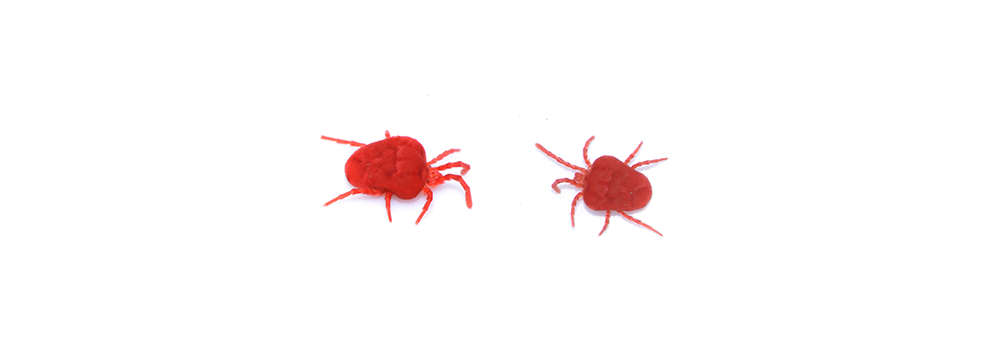
Spider mites, bird mites, dust mites, etc. Spider mites feed on indoor and outdoor plant matter and are usually found on the underside of leaves. Bird mites are commonly found in nesting sites. If birds are no longer present, they can seek out blood meals from humans and cause severe irritation. Dust mites feed on dead skin humans shed every day and are commonly found on carpeting, pillows, and mattresses.
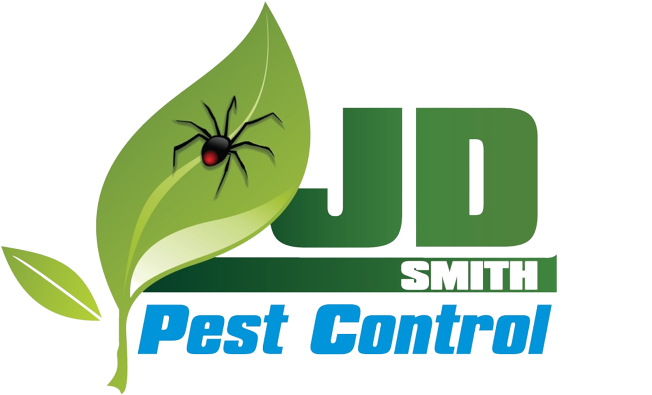
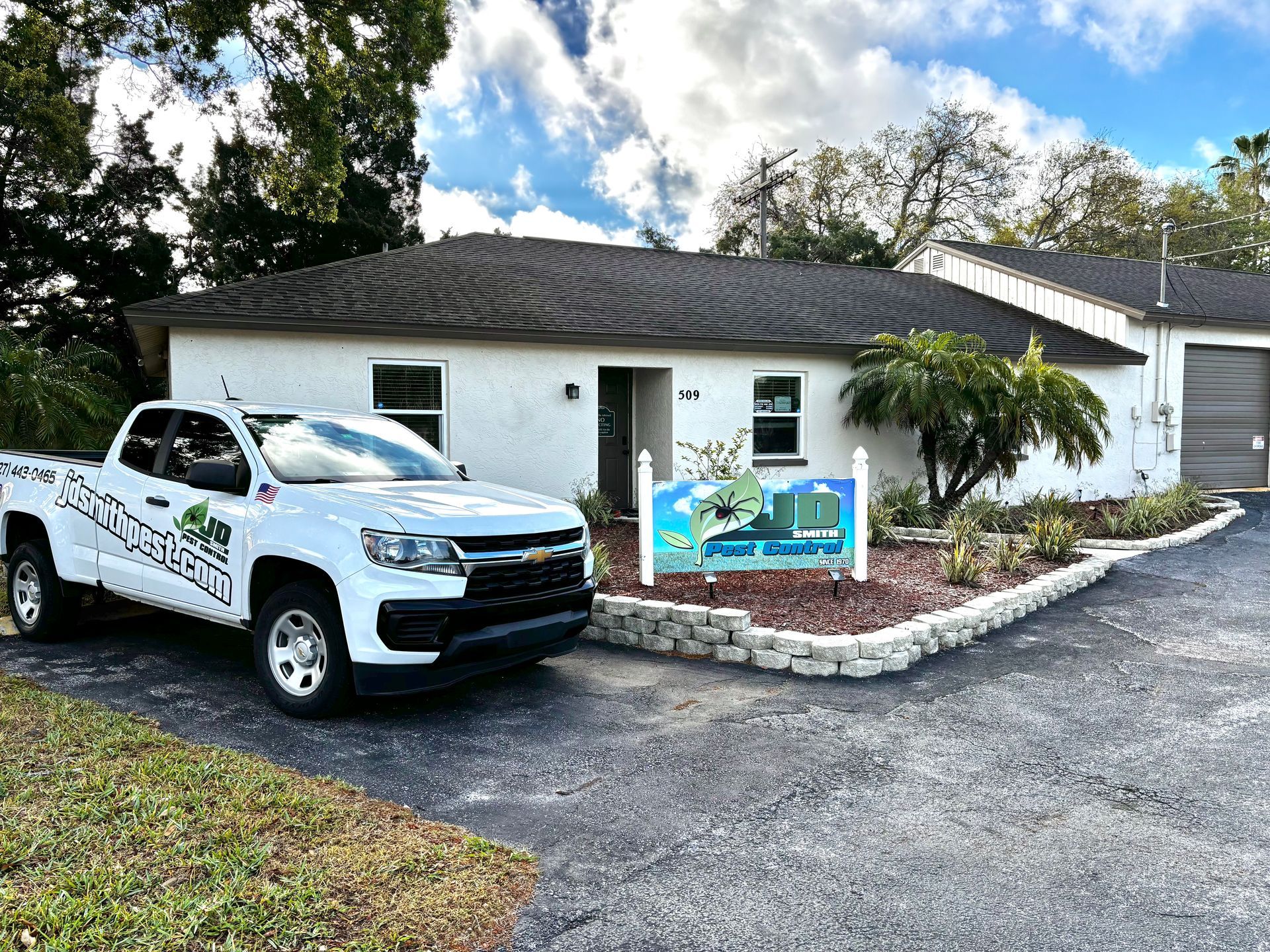
Share On: